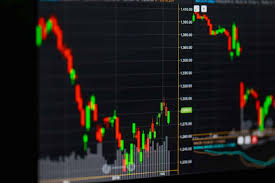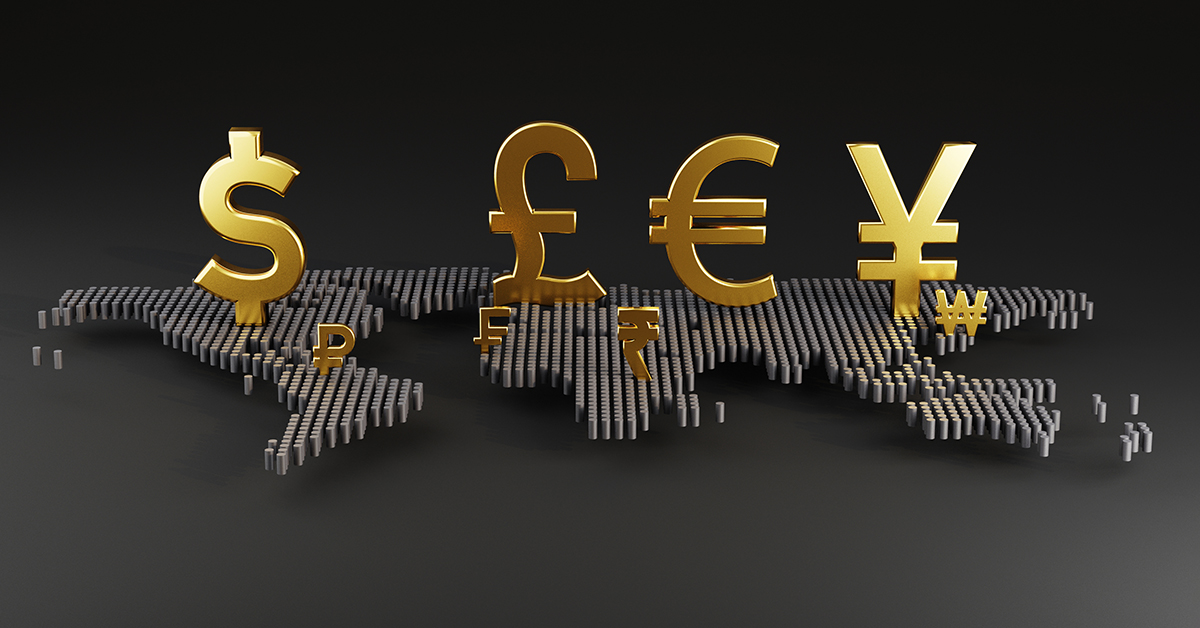
Forex Trading Explained
Forex trading, or foreign exchange trading, is the act of buying and selling currencies on the foreign exchange market with the aim of making a profit. The Forex market is the largest and most liquid financial market in the world, with a daily trading volume exceeding $6 trillion. For beginners looking to dive into this exciting field, understanding the fundamentals is critical. This guide aims to break down the core concepts and strategies involved in Forex trading. You can also find more information and resources at forex trading explained FX Trading UZ.
What is Forex Trading?
Forex trading involves the exchange of one currency for another, driven by factors such as interest rates, economic indicators, and geopolitical events. Currencies are traded in pairs, for example, EUR/USD, where the Euro is the base currency and the US Dollar is the quote currency. The price reflects how much of the quote currency is needed to purchase one unit of the base currency.
The Structure of the Forex Market
The Forex market is decentralized, meaning it doesn’t have a physical location; it operates 24 hours a day via a global network of banks, financial institutions, corporations, and individual traders. This continuous market ensures that currency prices are always fluctuating based on supply and demand.
Key Market Participants
The main participants in the Forex market include:
- Central Banks: They manage a country’s currency, money supply, and interest rates. Their policies can greatly influence currency values.
- Commercial Banks: Major banks trade currencies on behalf of their clients and for their own profit.
- Institutional Investors: These include hedge funds and investment firms that trade large volumes of currency.
- Retail Traders: Individual investors participating in Forex trading through online platforms.
Understanding Currency Pairs
In Forex, currencies are listed in pairs. The first currency in the pair is called the base currency, while the second is the quote currency. The exchange rate tells you how much of the quote currency is needed to purchase one unit of the base currency. Some major currency pairs include:
- EUR/USD: Euro against the US Dollar
- USD/JPY: US Dollar against the Japanese Yen
- GBP/USD: British Pound against the US Dollar
- USD/CHF: US Dollar against the Swiss Franc
How Forex Trading Works
Forex trading is based on the idea of speculation. Traders analyze the market to predict the future movements of currency pairs. They may employ various strategies, such as technical analysis, fundamental analysis, or a combination of both, to make informed decisions. Here’s a brief overview of how Forex trading works:
1. Opening a Trading Account
To start trading Forex, you need to open a trading account with a brokerage firm. Choose a reliable broker that offers a trading platform that suits your needs. You will typically have the option to open a demo account to practice trading without any risk.
2. Choosing a Trading Platform
After opening an account, you will access a trading platform where you can monitor currency pairs, place trades, and manage your portfolio.
3. Making Your First Trade

Once familiar with the platform, you can place a live trade based on your analysis. Decide on the amount you want to trade, set your stop-loss and take-profit levels, and execute the trade.
Forex Trading Strategies
There are several strategies traders use in Forex trading, tailored to different trading styles and risk tolerances:
1. Scalping
This strategy involves making numerous trades throughout the day to profit from small price changes. Scalpers often rely on technical analysis to make quick decisions.
2. Day Trading
Day traders open and close trades within the same day, avoiding overnight risks. This strategy requires quick decision-making and is affected by market news and trends.
3. Swing Trading
Swing traders hold trades for several days to capitalize on expected market moves. This involves both technical and fundamental analysis, balancing short-term price fluctuations against longer-term trends.
4. Position Trading
This long-term strategy is based on fundamental analysis and requires holding trades for weeks or months, betting on the overall trend of the currency pair.
Risks in Forex Trading
Forex trading offers potential for profit, but it carries a high level of risk. Here are some common risks traders face:
1. Market Risk
Market fluctuations can lead to significant losses if trades are not managed properly.
2. Leverage Risk
Forex brokers offer leverage, allowing traders to control larger positions with smaller amounts of capital. While leverage can amplify profits, it can also magnify losses.
3. Interest Rate Risk
Changes in interest rates can affect currency values and trading strategies. Traders must stay informed about central bank decisions.
Conclusion
Forex trading can be a rewarding venture if approached with a solid understanding of the market and effective trading strategies. It’s important for traders to conduct thorough research, utilize risk management tools, and continuously educate themselves to adapt to market changes. Whether you’re considering trading for fun or as a potential career, familiarity with the intricacies of the Forex market is essential for success.